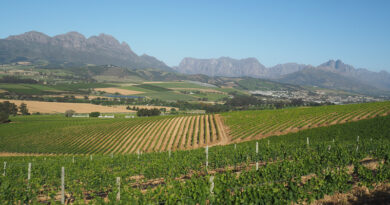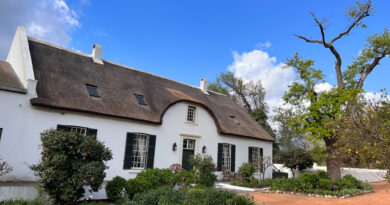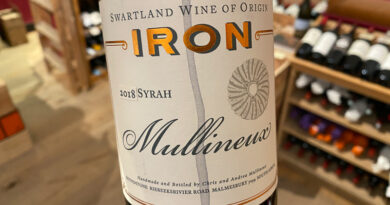Pieter Ferreira – Modern Day Maestro of Bubbles speaks to Lisse Garnett
Dom Pérignon is a mere fable in the face of Saffer stalwart Pieter Ferreira. Famed for his monk-like dedication to bubbles Ferreira has been making sublime traditional method sparkling wine for decades. And now he is making it in England too. Lisse Garnett met up with him to talk bubbles and to learn more about what makes a man devote his life to them.
The name Champagne is owned by the French and rightly so – it’s a place in France – but méthode champenoise (known widely as ‘traditional method’) is universal and used to make sparkling wine across the new world and old. As we all know (hohoho), it was a British naturalist who happened on the method for producing a second fermentation in bottle via the addition of sugar and molasses to make wines ‘brisk and sparkling’ and his name was Christopher Merret. In papers archived at the Royal Society in London dated 1662 (impressively unearthed by wine writer Tom Stevenson) that pre-date Pérignon’s puberty, or at at least his monastic tenure, the Champagne method is chronicled. Initially bubbles were seen as a problem, no one had yet created a bottle to contain them and a naturally occurring second ferment in bottle meant explosive waste. An industrialised far stronger glass bottle was made by a chap called Sir Robert Mansell in Newcastle upon Tyne in the early seventeenth century and bottled bubbles were born. Dom Pérignon is cited as inventing Champagne in 1697, he certainly significantly and meticulously improved wine quality through a rigorous application of ground-breaking methodology but it is not clear if it was ever his intention to make sparkling wine.
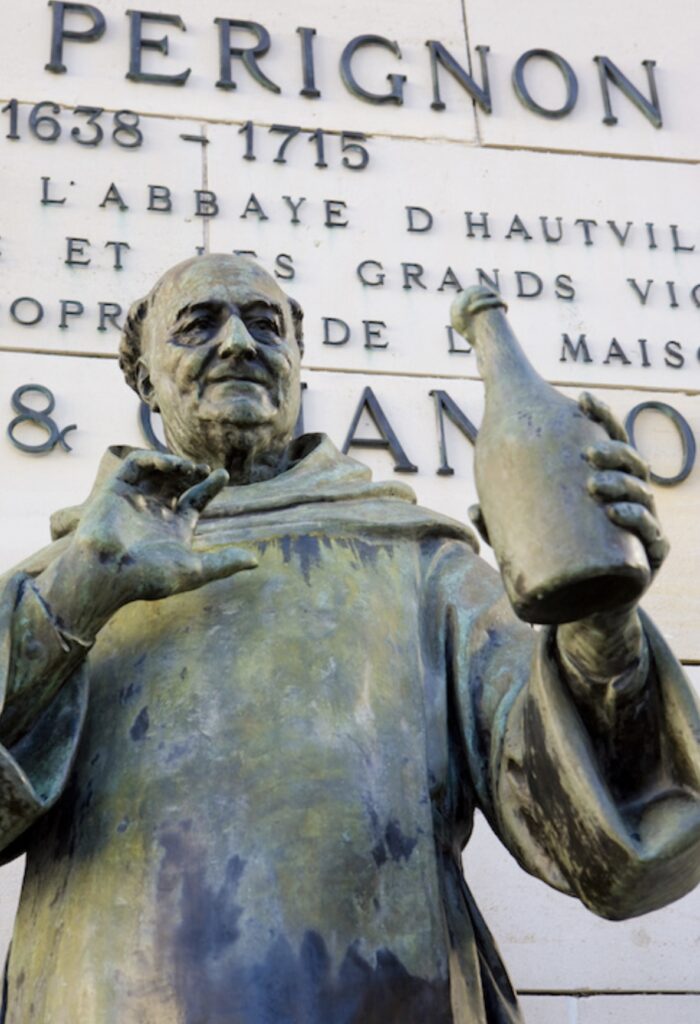
The original Dom, Dom Pérignon 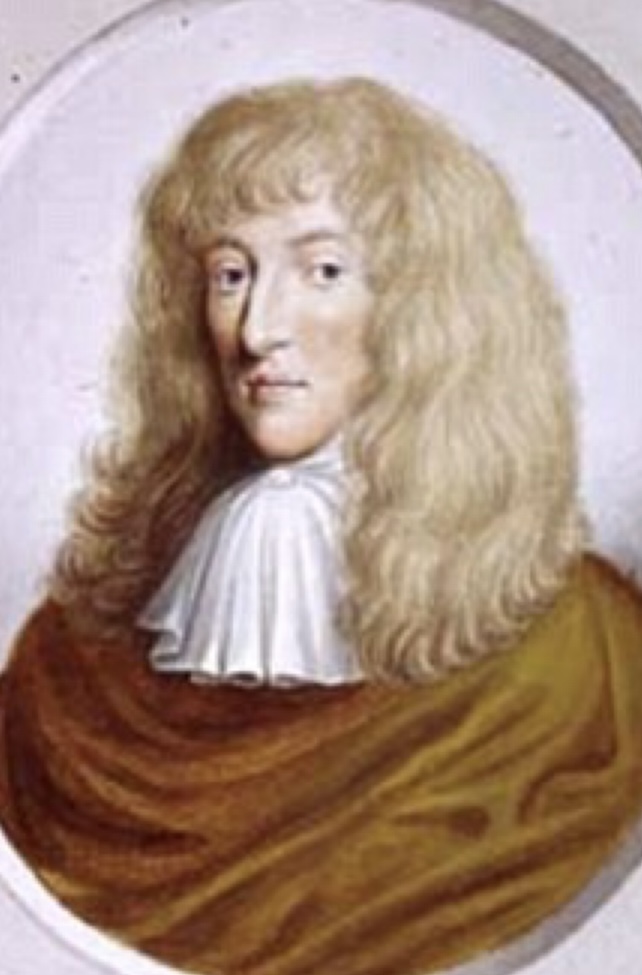
Christopher Merret
South Africa is classed as New World but has a winemaking tradition that goes back centuries. The famous sweet wines of Constantia were most popular in the eighteenth and nineteenth centuries but then arguably came decades of mediocrity. Cap Classique is the Cape term for Champagne method sparkling from South Africa and it is a category that is increasingly revered, not least because of Pieter who is widely acknowledged as a true maestro of its production.
Pieter Ferreira has been with Graham Beck for 33 years and he says he is still learning about bubbles. Fine sparkling wine is created using a two-step fermentation method, the first being the base wine fermentation which results in a still wine, and the second takes place when that wine is bottled with yeast and sugar, thereby kick-starting a second fermentation which produces alcohol and a significant amount of carbon dioxide, resulting in bubbles when the wine is poured. Still today no one really knows the entire scientific truth about bubbles or nucleation and much depends on the glass. What we do know as consumers is that effervescence allows for flavours to be excitingly imparted up through the nose and mouth delivering a unique and magnificent sensual sensation.
Now Pieter has started an English sparkling wine wine collaboration with Hambledon, which is dubbed ‘GB in GB’. Two wines have been made so far: 2018 and 2019.
Lisse Garnett (LG): What was it that inspired you to come over here with your bubbles?
Pieter Ferreira (PF): I actually wanted to do it in Champagne but its ridiculously difficult. The French don’t really like that! Consequently we started looking at the UK, looking at the different soils, we were down in Kent, we were down in East Sussex, West Sussex and Hampshire. We chose Hampshire because of the geology, its much closer to Champagne’s. We have two parcels of Chardonnay and Pinot Noir in East Crofton which is just in West Sussex. We also needed somebody who could do contract winemaking and we found Hambledon. We are making one wine, a classic blend of Chardonnay, Pinot Noir and Meunier.
LG: How does winemaking here differ from SA?
PF: The difference between making wine here and making wine in South Africa is that here you are chasing ripeness and you are wishing for ripeness and in South Africa you are chasing sun, that’s the difference. We have so much sunshine back home, that’s why we understand climate change so well. Every six years in South Africa there is a drought which stays with us for two, three years so we are far more agile.
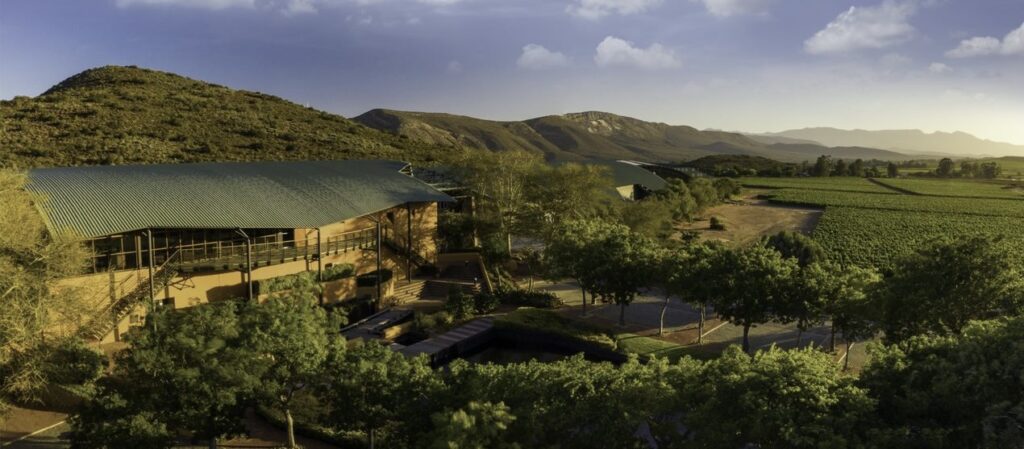
In Robertson, it’s warm though no one can really define warm as Stellenbosch and Paarl get the same temperatures. In Robertson, our area, we will have a minimum of 20 degrees between day and night time temperatures: it varies from thirty degrees to eleven or twelve overnight. There are few areas in the Western Cape that give you that. That’s great for natural acidity and the vine really recovers overnight. If you are closer to the ocean its much more Maritime but there are no huge swings, perhaps 6 degrees. Obviously the structure of the grapes and the chemical analysis is quite different. In the UK I work in a winery where malolactic is done so you have to respect the winemaking techniques. There is a new buzz here in the UK and everywhere, everyone is moving to non-Malo styles, people are drinking fresher sparkling wines.
English wine is changing every day, every day there is a new label out and it’s all bubbles! It’s an industry that’s still fragmented, they don’t really agree with one another, all of a sudden its Charmat method…then it’s this, for me it is simply about integrity.
LG: When we learn about wine, we are all told different things about bubbles, do you create the bubble or does the glass create the bubble?
PF: I think its chicken and egg situation. Without the product you can’t have a hope of showing the bubble to somebody else. The intrinsic values to the method are really amazing, there are so many factors, you are learning every single day. The ultimate expression lies within stemware, it’s a really vital part. People eat and drink with their eyes and the visual impact is fundamental.
We all remember the coupe, where it came from, it rises and falls, it’s very difficult to get any aromatics out of it, you have to fill it to the brim, you can’t stick your nose into it and its lost to bubbles. And then obviously the flute which we all know, I’m not saying go break all your flutes but it’s definitely old school. I think you get a beautiful visual effect of the rise and fall of the bubble; you will see from nucleation points that start from somewhere in the middle of the wine. Ultimately sparkling wine and Champagne have aromatics and a glass like this one will definitely amplify the aromas – all the aromas are caught in the glass and the nice expression of the bowl gives the wine enough chance to expand and the aromatics are kept in the glass.
The important factor is room for the aromatics. In a flute there is a huge difference between a tasting pour and a drinking pour. Temperature plays a big role, too, and you can see that this is a wine that’s been in the fridge for a while or on ice which will have an influence on the bubble.
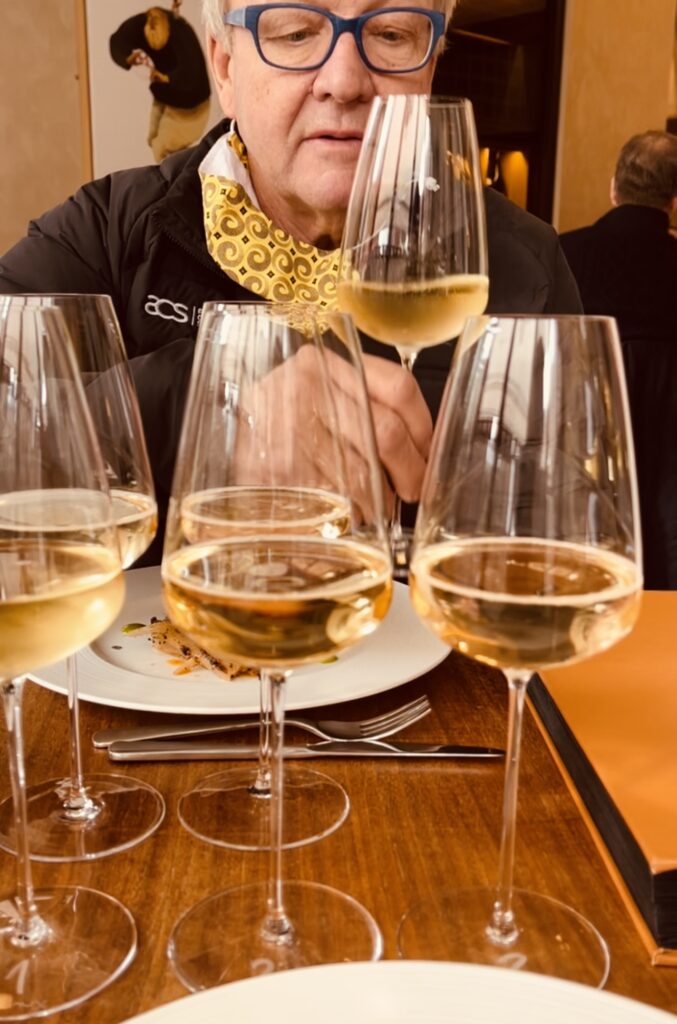
There is a definite school of thought that says the older your sparkling wine the warmer you serve it. Between six and eight degrees is considered to be ideal temperature for sparkling but invariably something slightly older will perhaps be better served warmer. The evolution brings intense aromatics, much more complexity, and when a wine is very cold you seem to miss that. When its slightly warmer you can perceive layers much more easily. When we blend base wines we always taste at what’s called cellar temperature, it’s the best way to see faults and aromas.
LG: How did Graham Beck get involved in wine? Was it a family business?
PF: Graham Beck was a coalminer by trade and then he ventured into the breeding of thoroughbred horses. He was very clever; in South Africa we have an issue with African horse disease which means any horse that’s coming in or out of South Africa has to go into quarantine for three months to make sure they don’t carry the virus. He was in the Eastern Cape and the story goes that his horses always ran second in these big races and one day he was having a whisky with these Robertson boys after the race who told him, Graham bring your horses down to Robertson because the limestone in the soil has a lot of calcium and the horses are so much stronger. He moved lock stock and barrel to Robertson purely for that, no other reason, he bought the farm we have today in 1983 and he bought it after a tragic flood in the area.
LG: How did you two meet?
PF: I met Graham Beck when I was working as a Consultant in the 1980s. It was my first meeting with him, and I imagined we were to be working as Consultants. But that day he asked if I would like to come and work for him. I was 29 years old, I had 7 years of experience by then, several vintages in Champagne with Mumm, I had worked in the research side as a microbiologist. I was taken aback because I thought I was just going to consult and I was happy where I was but I accepted the challenge.
LG: Were you footloose at that time?
PF: I had just got married that year, and we lived on the farm for the next 19 years. You get soaked up completely, when we eventually moved off the farm because the kids needed to go to a better high school it was very different. We moved to Franschhoek, which is our home now.
We blind tasted three sparkling wines, brought to us by the sommelier at Trivet. The recording of the third note was sweetly interrupted by our naughty but charming next door table who were entranced by Pieter’s chatter so it is listed below.
PF: The first wine is definitely more floral, feels a little bit riper, it has a really beautiful ripeness on the nose, citrus, floral notes and apple, not bruised apple but ripe. The wine has a beautiful youthfulness. It may have seen some time on lees, it has a beautiful brightness on the palate still, good acidity and I think quite modern in style for me. Modern is my way of describing something that is New World or classic Champagne. For me this one feels more modern because there is a little bit of sunshine fruit in there, there is brioche on the palate. This wine is delicious, whatever it is. I think that once we have gone through all of them we can put them in the places we think they might be from.
Modern. Could also be non-vintage, easy, drinking, clean, fresh, ready for drinking not to keep for a long time.
LG: To me the bubbles in this glass are different to the bubbles in that glass, they feel more aggressive on the tongue – is that just the glass?
PF: Keep in mind CO2 can be very temperature sensitive, the colder it is the more compressed CO2 becomes, so relatively speaking the bubble is smaller.
When the wines were more similar in temperature, Pieter gave his verdict.
PF: I think they are all Champagne. I think this first is a non-vintage Champagne, the second wine is more edgy and the third more austere, the last two taste like blends and they show more red fruit flavour – a bit more bruised apple – red fruit driven. The first is probably like a blanc de blanc, its more linear, there is a sense of minerality or chalkiness. There is an element of brightness on the palate, a linear straight line.
The second wine is red fruit driven different texturally, there is definitely more weight on the palate, that invariably tell me that it is either PN or Chardonnay, there are more phenolics and it evolves. It has a beautiful brightness.
To me wine one is the most beautiful, the most evolved, the most elegant wine, friendly aromatics. The second shows more masculinity, its more robust. The third is also stunning and is probably my second favourite but they are all exquisite.
The first wine feels more like a blanc to blanc. The steely knife edge acidity, salinity.
And now the big reveal…
Philip the Sommelier at Trivet
The three wines we tried were,
WINE 1
Champagne Pierre Moncuit, Grand Cru, Blanc de Blancs, Brut NV
100% Chardonnay from Mesnil Sur Oger, aged for 3 years in bottle prior to release.
This wine shows off delicate fresh apples, pears, peach, a touch of grapefruit, fine lees, brioche too. It is lightly frothy and creamy but with intense mineral notes so not creamy rich. Gorgeously long and elegant – crisp and dry on the finish.
WINE 2
Coates and Seely Brut Reserve NV Hampshire UK
Chardonnay and Pinot Noir blend.
Dry with citrus notes and a touch of stone fruit, smoke, lees notes also a floral element. Very fruity, robustly bubbly, biscuity.. A slight green note laced with lemon zip.
WINE 3
Forty Hall Vineyard London Brut 2018
Organic/biodynamic grapes sourced from 4 hectares in North London, blend of Pinot Noir, Pinot Meunier and Chardonnay.
Ripe red apple, pear, citrus, apricot – full round and long. Toasty, round, lively and lengthy.
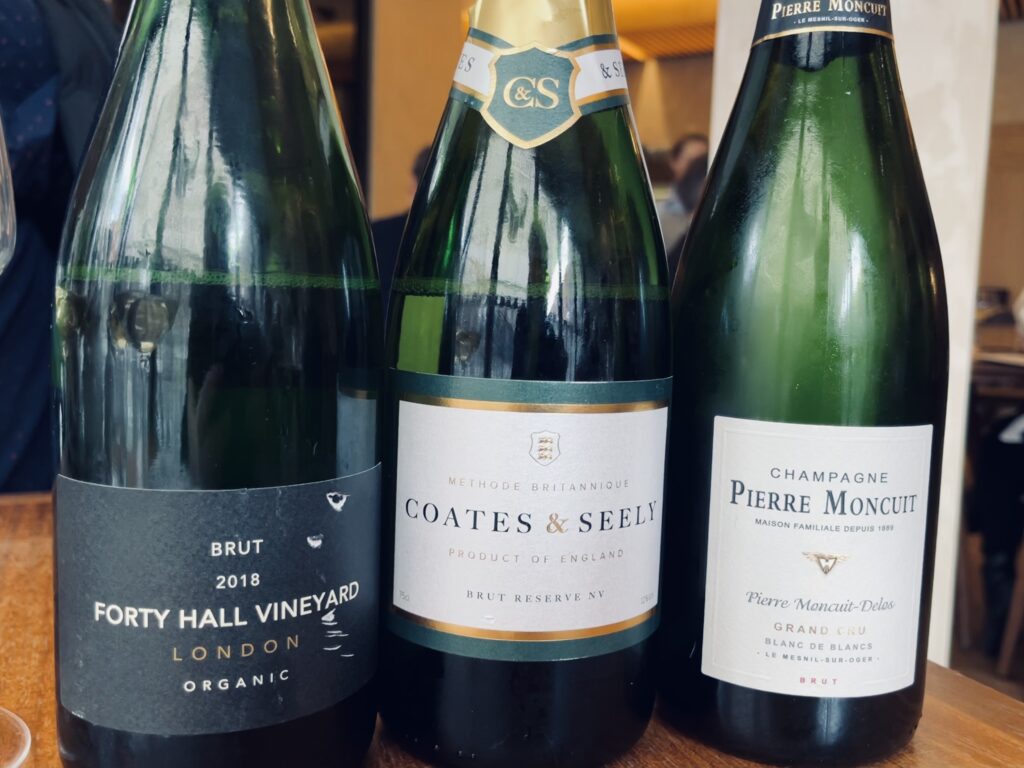
Notes on samples of the GB x GB wines by Jamie Goode:
2019
This is really expressive. Quite taut but refined with lovely crystalline citrus fruit, pear and a hint of apple. There’s even a touch of cherry. Very stylish, showing purity. Good acidity. 92/100
2018
Pristine with taut citrus fruit. Lemony and slightly chalky with a lovely citrus fruit core and even a hint of structure. Has lovely tension and good acidity. A really precise wine that’s deeply impressive. 94/100


